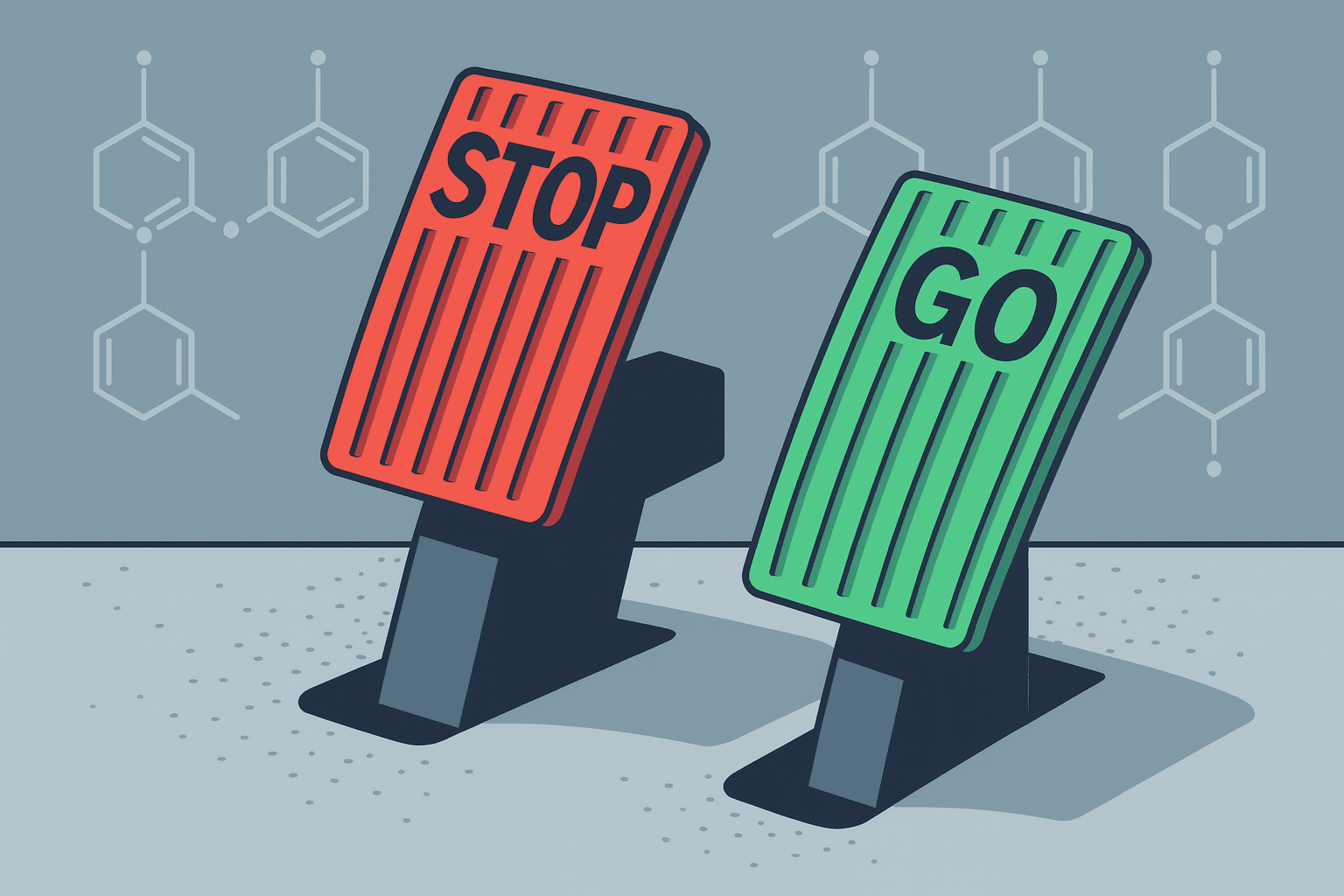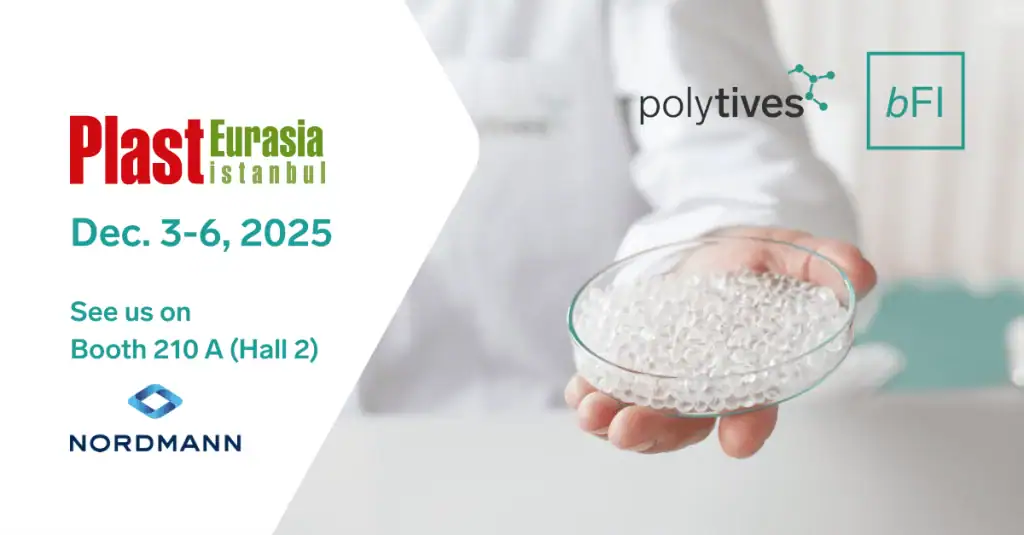
Speeding up and slowing down at the same time? Peroxides and antioxidants in plastics do not mix
In plastics processing, additives are generally indispensable for controlling processability and material properties. Two well-known classes of additives are peroxides and antioxidants in plastics – both fulfill essential but contradictory tasks. Their combined use is therefore problematic. In the following, we will briefly examine what additives do, where the problems lie, and what role polymer additives can play.
Antioxidants: A protective shield against oxygen
Oxygen is a so-called diradical that reacts with polymer chains and triggers degradation reactions. This process is accelerated, especially in combination with UV radiation.
- The result: embrittlement, discoloration, and a loss of mechanical properties.
- The solution: antioxidants that act as radical scavengers for oxygen. They bind free radicals and thus prevent the polymer chain degradation that oxygen would trigger. A typical example of such an antioxidant is butylated hydroxytoluene (BHT).
Peroxides: An effective tool for improving flow
Peroxides, on the other hand, are used specifically to break down polymer chains. This reduces the viscosity of the compound and makes it easier to process. In other words, degradation reactions are used to improve flow.
- How it works: Peroxides break down into radicals. These radicals trigger controlled chain degradation during processing.
- The conflict: The effect is canceled out when antioxidants and peroxides are used simultaneously. Peroxides and antioxidants in plastics are therefore also referred to as antagonists in this context.
Conflicting modes of action lead to conflicts
Antioxidants neutralize radicals, while the effect of peroxides is based on the formation of radicals. The result: when the two are combined, their effects cancel each other out. The flow improvement provided by the peroxides does not occur, and the oxidation protection provided by the antioxidants is significantly weakened. As a result, the objectives of the additives are not achieved – their use is simply not effective, neither for peroxides nor for antioxidants.
A straightforward alternative: additives without a radical mechanism
Polymer additives such as those from Polytives can be used to circumvent the dilemma described here. They are not based on peroxide technology and therefore do not interact with antioxidants or UV stabilizers. The result:
- Improved flow without compromise
- Preservation of the protective effect of antioxidants
- Compatibility with polyolefins
This enables efficient and sustainable plastics processing without the disadvantages of conventional peroxide systems.
Conclusion
The tension between peroxides and antioxidants in plastics illustrates how complex plastics processing can be and how much new approaches are still needed. Polymer additives represent one such new and innovative approach. Talk to us about how they can be used to develop new solutions for your applications.

Recent Comments